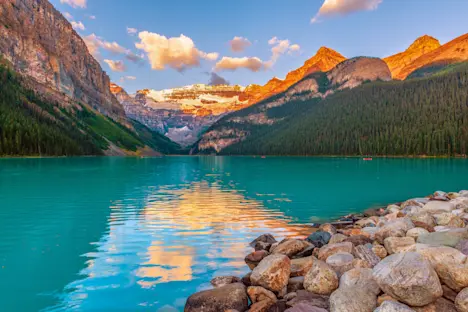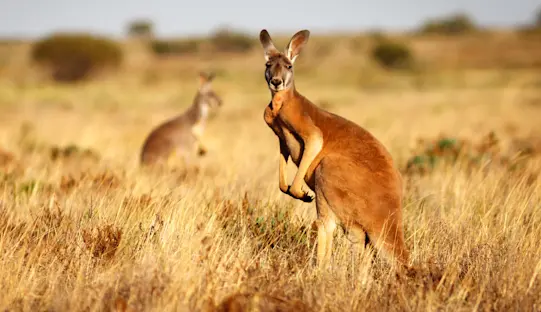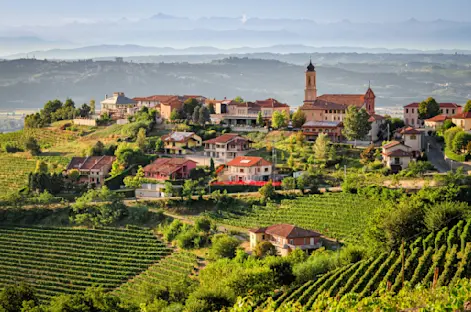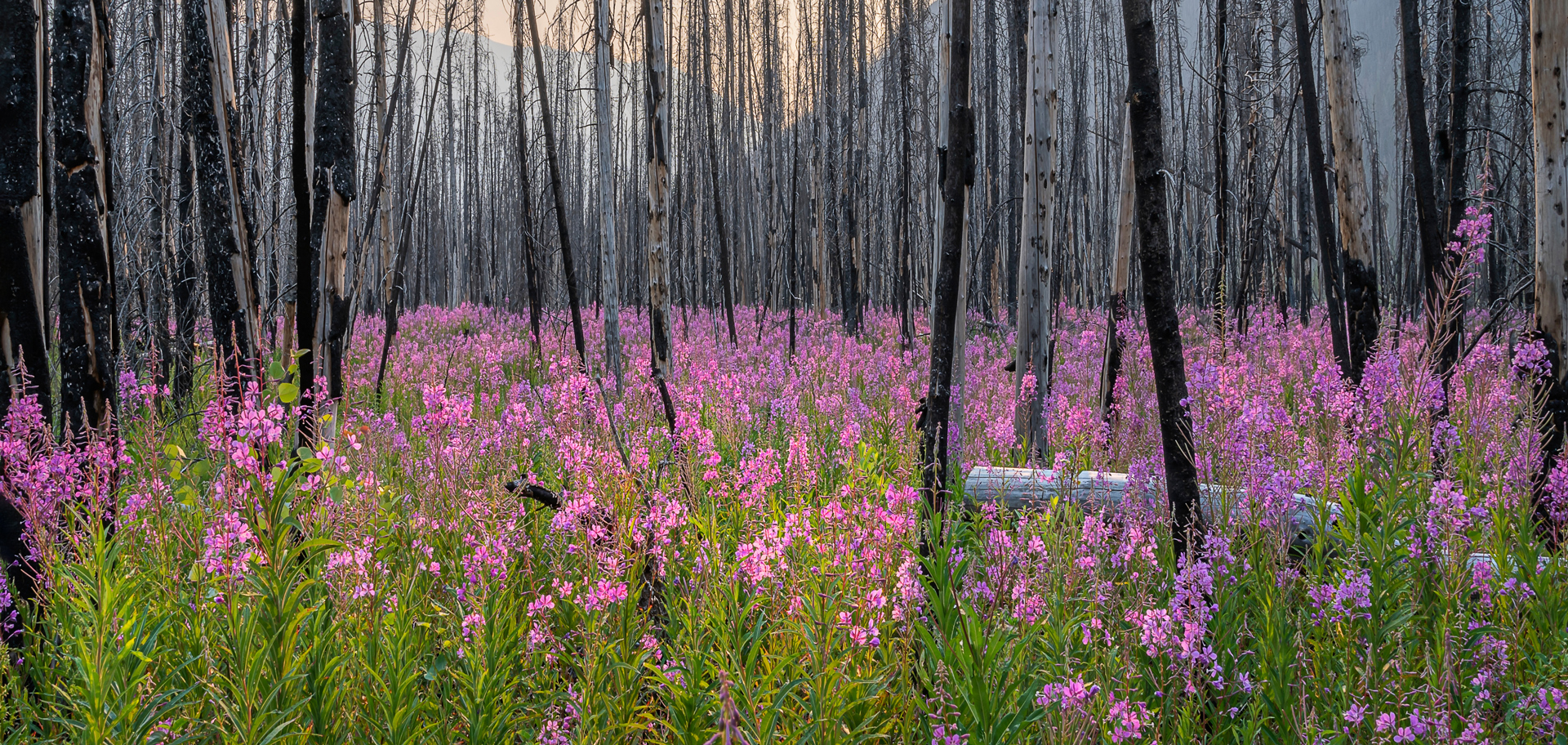
The ecological benefits of conducting prescribed burns on landscapes include disease and pest control, habitat diversity and nutrient cycling. Fires clear out dead vegetation, returning nutrients to the soil, which then supports new plant growth.
While wildfires and controlled burns (also known as prescribed burns) are both fires, they differ significantly in their impacts, management and origins. Wildfires are unplanned and unrestrained, often caused by natural events like lightning or human error—such as unattended campfires or discarded cigarettes—and they can cause extensive damage. Prescribed burns are intentionally set under controlled conditions to achieve specific land management goals, such as reducing wildfire risks or improving habitats.
For thousands of years, ancient, cultural burning practices carried out by Indigenous Australians limited fuel—downed branches, live and dead trees, and leaves and needles—availability and prevented high-intensity fires in southeastern Australia, according to new research. And in Japan, scientists recently found that controlled burning of grasslands not only keeps forests at bay but results in higher biodiversity and a greater prevalence of endangered plant species in some grasslands compared to others, depending on what soils they grow on.
In the western United States, a century of fire suppression, climate change and drought has worsened wildfires. While prescribed burns help reduce fuel, a “fire deficit” increases wildfire risks, with significant environmental and health impacts. Deforestation and pests further limit carbon storage. Emulating Indigenous practices, another new study shows that combining physical harvesting of dead wood with thinning reduces the chances of wildfires, lowers carbon emissions and boosts carbon storage through products like biochar, a stable form of carbon.
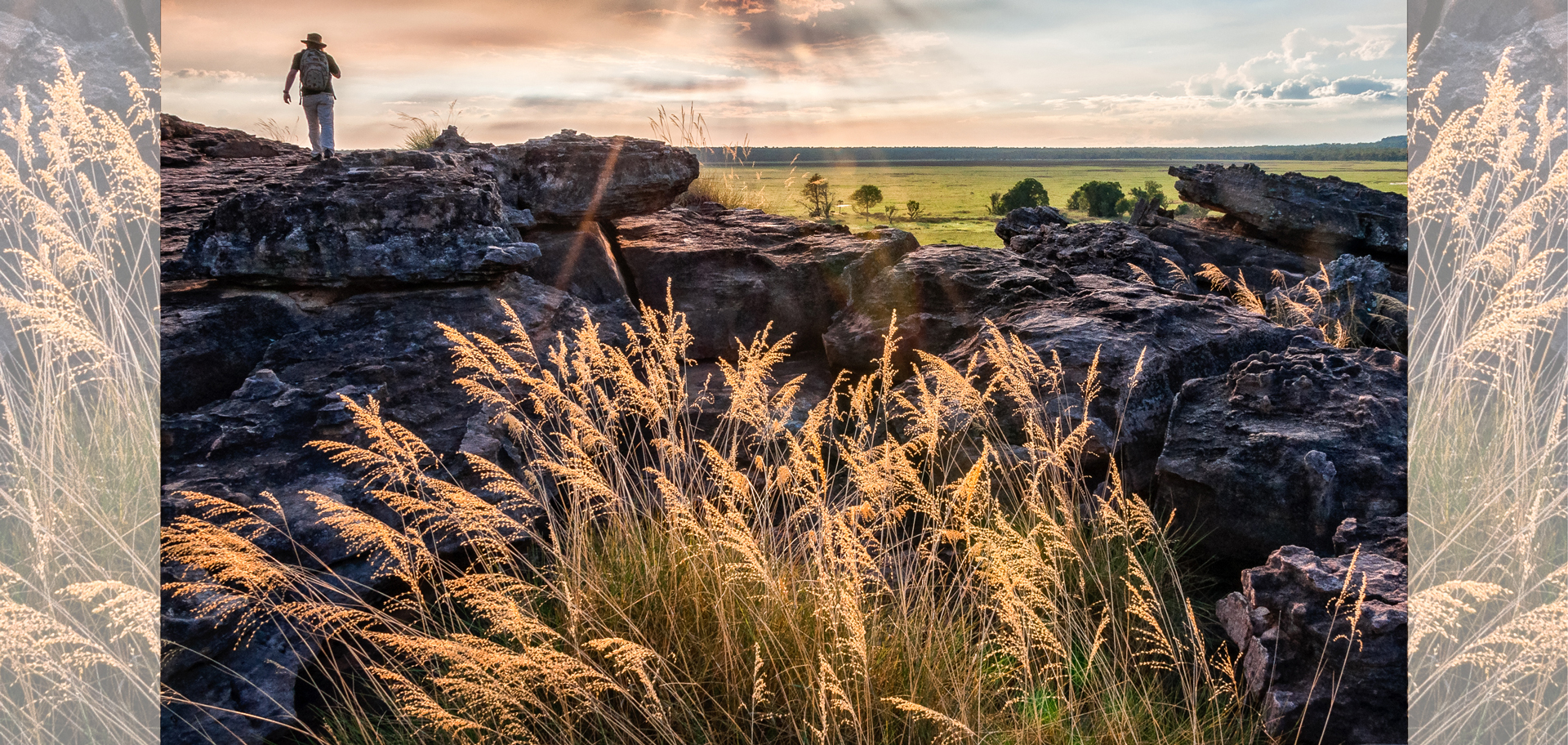
Indigenous peoples have shaped Australian landscapes through cultural practices—such as controlled burns—over tens of thousands of years. Above, the smoke from a prescribed burn darkens the sunset at Ubirr Rock, Kakadu National Park, Australia.
Indigenous burning has protected Australia’s landscapes for millennia
The cultural burning practices used by Indigenous Australians suppressed high-intensity forest fires for thousands of years, according to research from The Australian National University and England’s University of Nottingham that was published in the journal Science in October 2024.
Using tiny fossils preserved in ancient sediment, the research team reconstructed landscapes across southeastern Australia to understand how the vegetation has changed over time. They focused on the shrub layer—rather than the tree canopy—because shrub layers in forests can act as ladders for wildfires to climb up to the treetops and spread, leading to high-intensity fires. That reconstruction was then compared with archaeological data to analyze how human activity has impacted levels of shrub cover in Australian landscapes through history.
The results showed that the expansion of Indigenous populations and a subsequent increase in the use of cultural burning led to a 50% decrease in shrub cover, which, in turn, led to a decline in high-intensity fires.
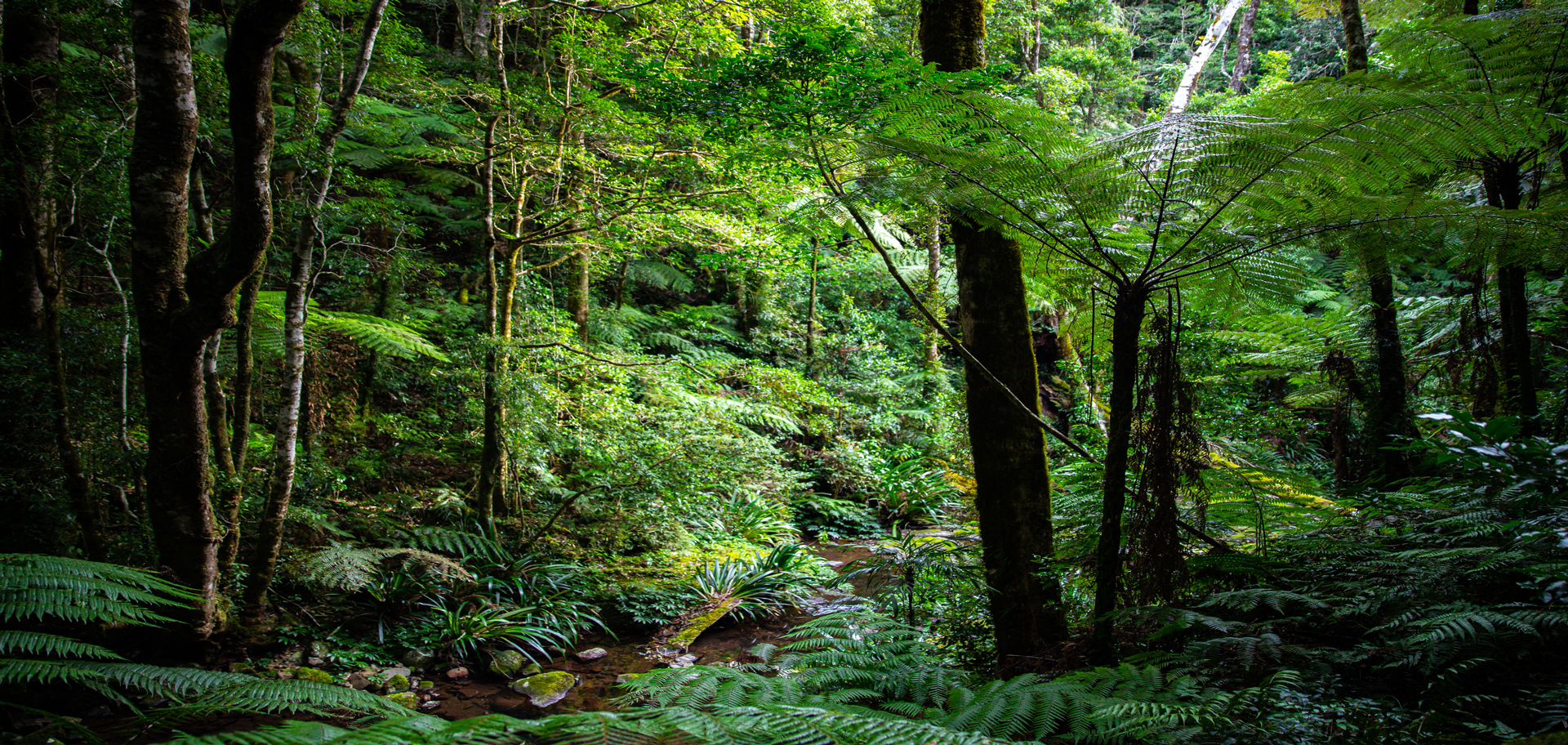
Shrub layers in forests often act as ladders for wildfires to climb up to tree canopies and spread. In Australia, expansion of Indigenous populations and a subsequent increase in the use of cultural, controlled burns led to a 50% decrease in shrub cover, resulting in a decline of high-intensity fires.
Following British colonization and extensive fire suppression, shrub cover in Australia has increased to the highest level ever recorded, which significantly increases the risk of high-intensity fires in the future. The researchers believe that rekindling ancient cultural burning practices with Traditional Owners (Aboriginal individuals or original inhabitants of a region before European settlement who have a historical and ongoing connection to a specific area of land, recognized through traditional customs and laws) can tame Australia’s fire crisis and reduce the risk of catastrophic blazes.
Hopefully, conclude the scientists, a better understanding of the link between human-induced climate change and the projected rise in the frequency and intensity of forest fires will lead to improved forest management and conservation in Australia.
Grassland burning has helped rare plants in Japan
Humans have been keeping forests from overgrowing grasslands for millennia not only by labor-efficient controlled burns, but also by grazing and mowing. Grazing and mowing are, however, labor intensive; and as rural areas become increasingly depopulated, grasslands have been disappearing worldwide. One consequence of this is the loss of habitats for insect and plant species—some endangered—that depend on grasslands.
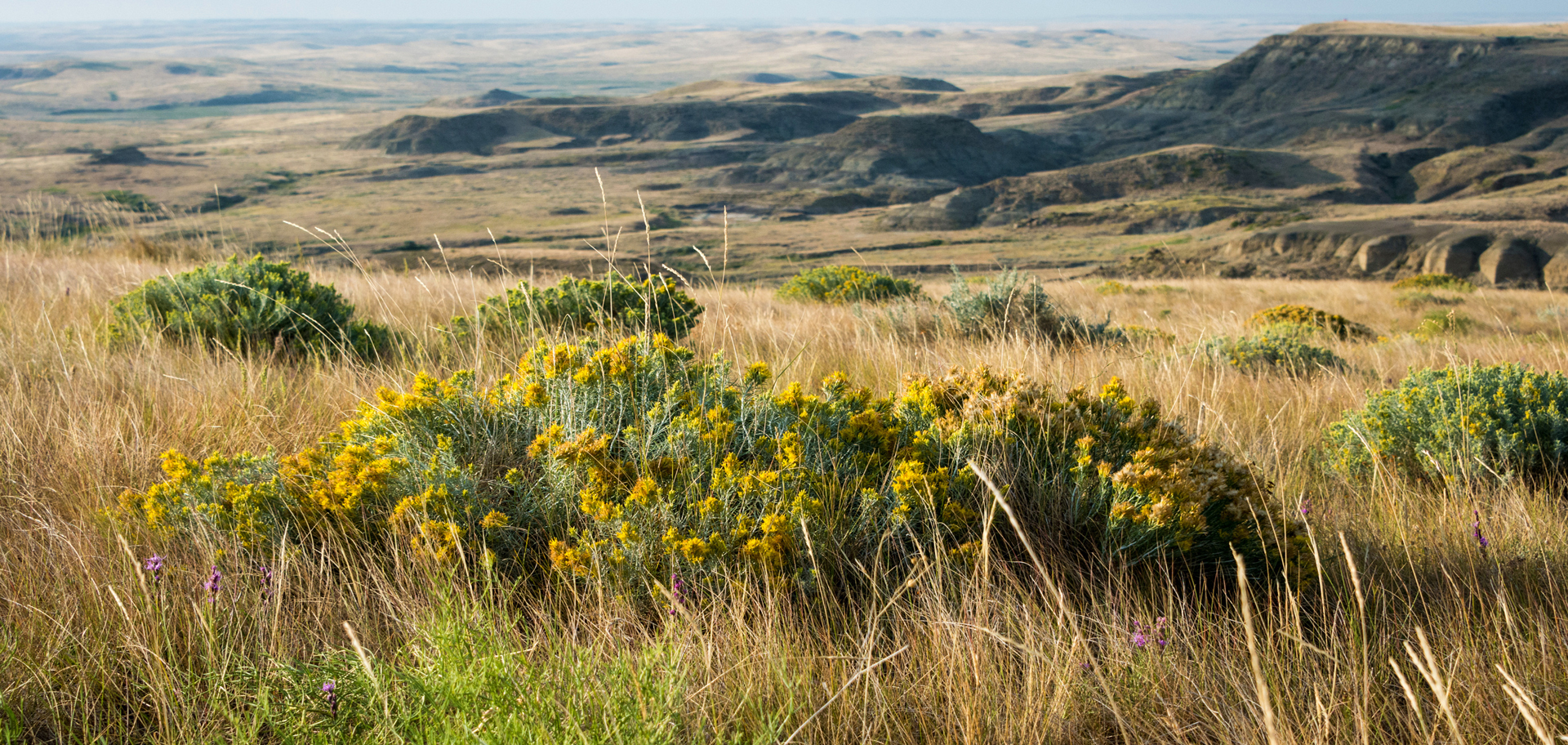
Maintaining the balance between forests and grasslands requires proactive management to prevent woody encroachment. Common methods used not only include controlled burns, but also grazing animals, herbicides, and mechanical removal and mowing.
But not all grasslands are equal, say researchers from Kobe University in Japan. Many studies have focused on examining the effects of different management measures on plant diversity, but few researchers have paid attention to those of soil differences. Therefore, it has remained unclear which soils are better candidates for being managed by prescribed burns in terms of allowing a high diversity of endangered plants or plant species in general.
To settle this question, the Kobe University team turned to Mount Fuji. There, on a training site of the Japan Self-Defense Forces, grasslands covering different soil types are kept by prescribed burns once a year in April. The site was chosen because researchers had noticed that there were some areas, especially on young lava flows, where endangered species were concentrated, allowing them to study which soil factors influence species abundance. They set up 100, 10-square-foot plots across the grasslands on four different soil types; and in each, they identified all the plants, as well as measured a range of chemical and physical factors.
Their results, published in the journal Plants, People, Planet in January 2025, show that grasslands on young lava flows exhibit higher total species richness, native species richness and prevalence of plant types on the International Union for Conservation of Nature’s Red List of Threatened Species than grasslands on both young and old, scoria bedrock. They also found that the soils were different in their acidity, depth and coverage by rocks and stones, which allowed them to infer that these factors are important to the persistence of rare plants.
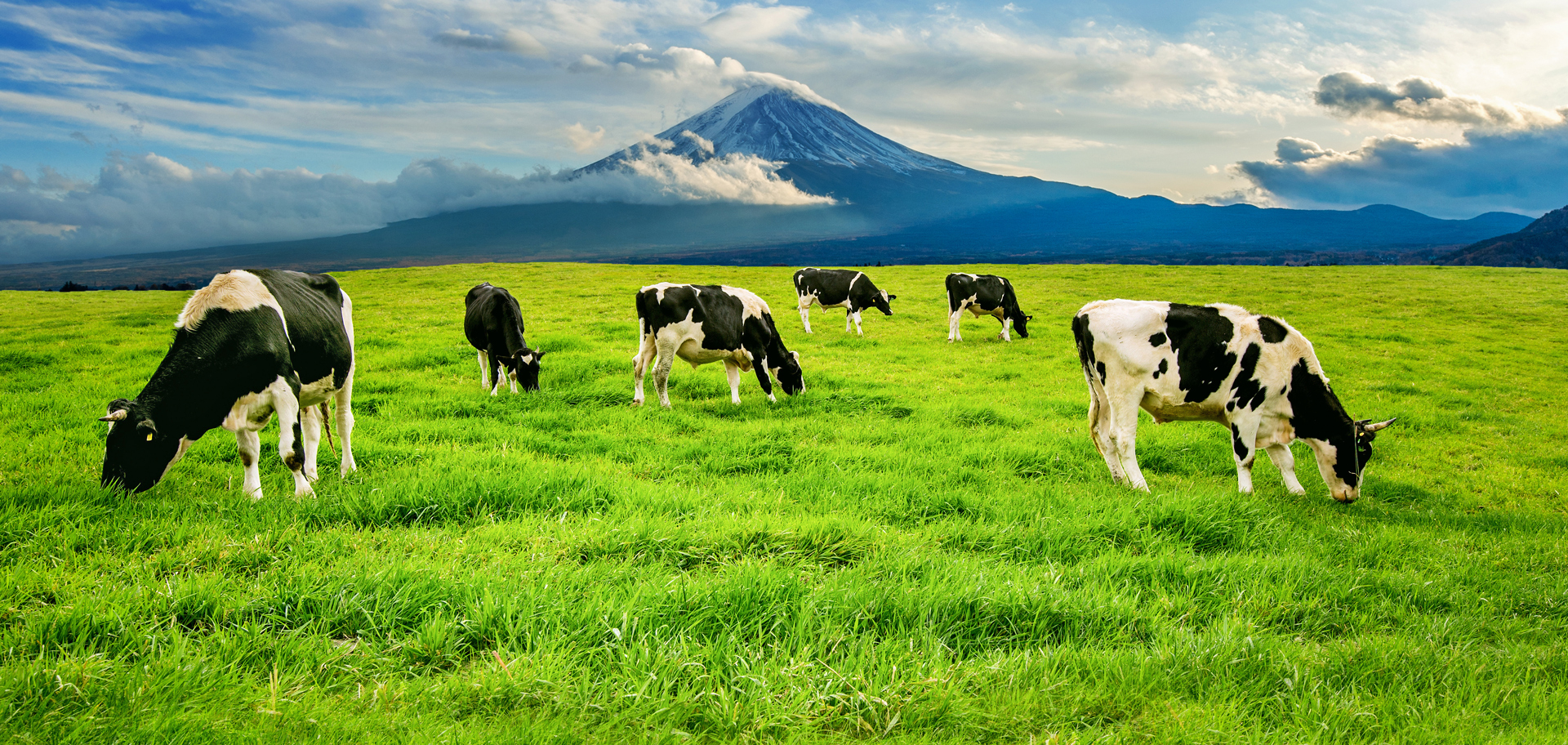
While fresh basalt lava near Japan’s Mount Fuji can be challenging for agriculture due to poor water retention, some areas—especially those with older, weathered lava and added substrates—can support grasslands suitable for grazing. Controlled burns can also enhance grasslands on lava flows.
Previous studies had shown that acidic soils make it difficult for plants to take up nutrients, and shallow soils favor slow-growing plants. So, as prescribed burns reset plant development on the grasslands, these conditions suppress the growth of otherwise fast-growing and thus dominant species; and so, give those that are usually outcompeted—and that are, therefore, rare—a better chance of gaining a foothold.
In summary, the Kobe University team says that their study was able to identify environments where grasslands managed by burning alone can harbor a significant variety of endangered species.
Going beyond burning reduces wildfires—and stores carbon
Here at home, in the western United States, drought, global warming and a hundred years of fire suppression have led to increasingly destructive wildfires. In addition to prescribed burns, forest managers use tools like mastication (cutting and grinding vegetation into smaller pieces, effectively converting standing and fallen fuels into a more compact surface layer that reduces a fire’s intensity and rate of spread, making it easier to control and extinguish); piling and burning (gathering and piling branches, limbs and other woody debris, then intentionally burning these piles under controlled conditions); and thinning (removing smaller or fire-vulnerable trees) to reduce the fuel that can feed intense wildfires. These methods aim to reduce crown density, protect fire-resistant trees and lower the levels of available fuel, fostering healthier, more resilient forests.
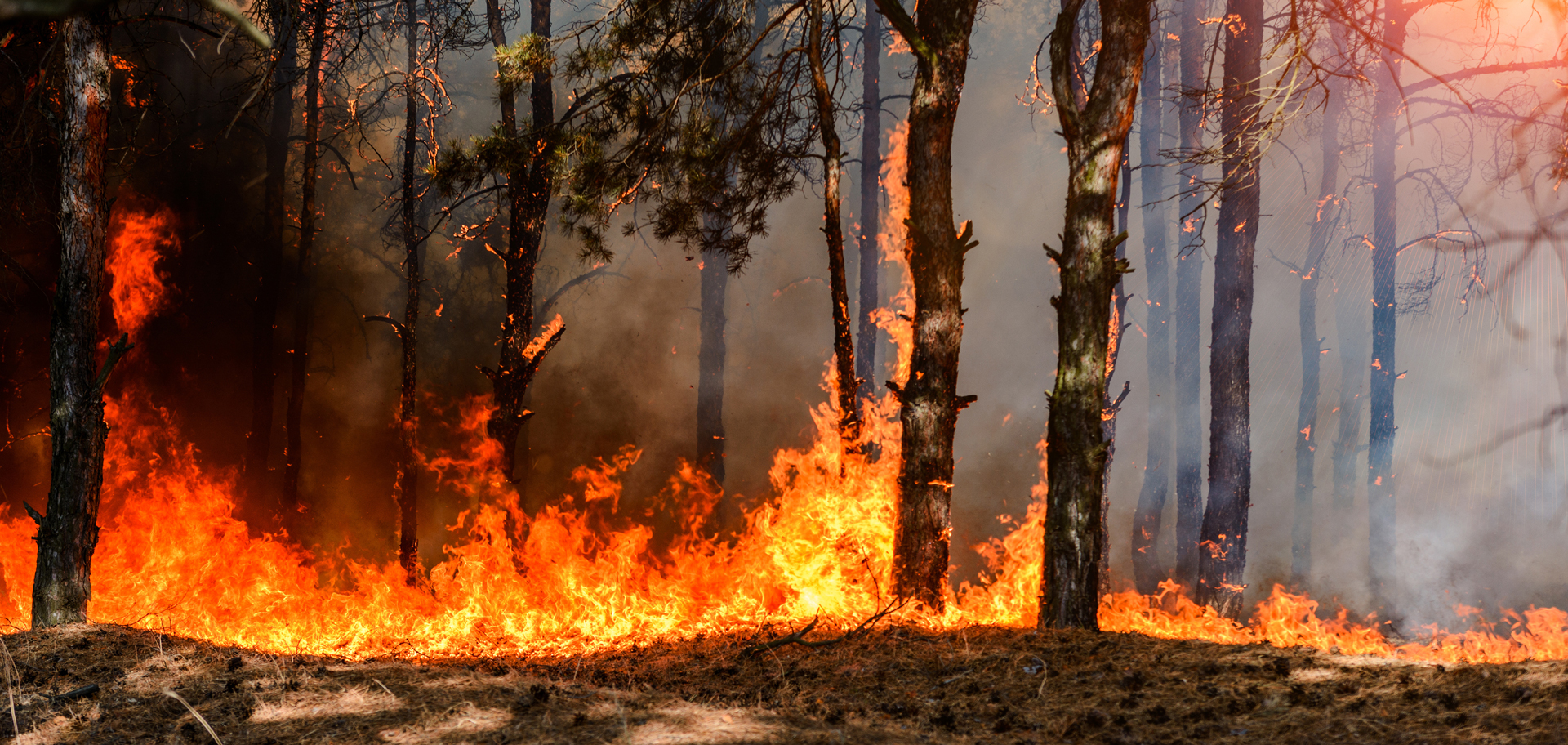
Wildfires in the western U.S. have become increasingly destructive due to several factors, including human-caused climate change, increased development in fire-prone areas and a buildup of fuels from decades of fire suppression. These fires not only burn larger areas but are also faster and hotter.
However, such endeavors haven’t kept up with the rapid buildup of surface fuel, creating a “fire deficit”—the gap between the amount of fuel that has accumulated and the fire management efforts needed to reduce it—and raises the risk of severe wildfires. In addition, prescribed fires can come with significant environmental and social consequences. These controlled burns can escape and become wildfires, degrade air quality, reduce visibility and pose serious health risks, particularly respiratory illnesses. In fact, in the Pacific Northwest, emissions from prescribed fires have been linked to hundreds of deaths, thousands of respiratory problems and significant workday losses due to poor air quality.
Large, high-severity wildfires—along with human activities, such as deforestation and logging, as well as drought and pests—diminish forests’ ability to absorb and store carbon, which is essential for reducing CO2 levels in the atmosphere. Effective wildfire management is key to lowering carbon emissions and enhancing carbon storage to combat global warming.
As in Australia, Indigenous peoples in the western U.S. played a vital role in forest and fire management for thousands of years, shaping ecosystems through practices like controlled, low-severity burns and the collection of forest products for cultural items, firewood, shelter and tools. This type of physical harvesting of dead wood without combustion is now being explored as a way to both reduce wildfire risks and carbon emissions.
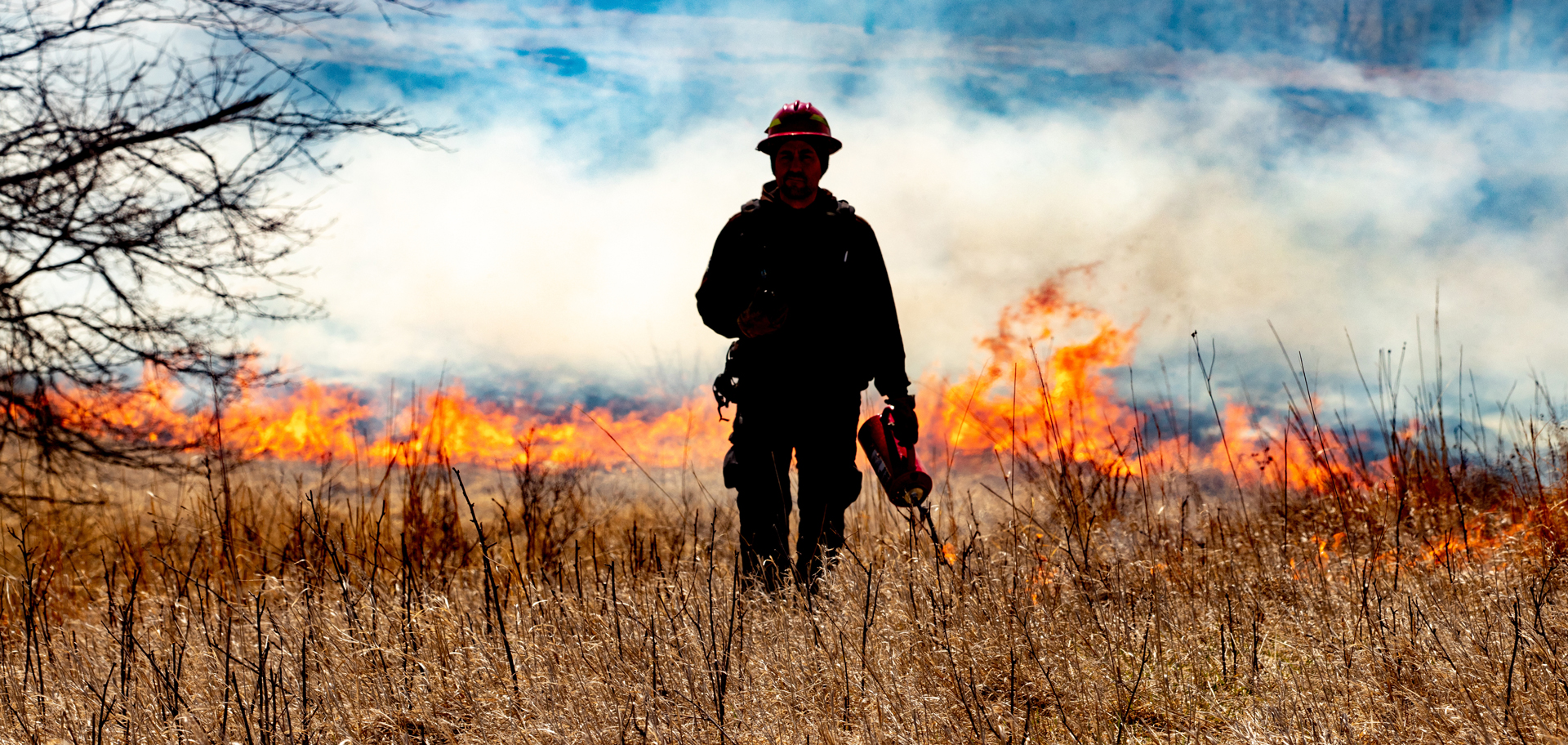
Unfortunately, controlled burning efforts haven’t kept up with the rapid buildup of surface fuel, creating a “fire deficit”—the gap between the amount of fuel that has accumulated and the fire management efforts needed to reduce it.
Recently, researchers from Florida Atlantic University investigated how physical harvesting—removing specific sizes of dead and downed branches and trees—could reduce wildfire risks and enhance carbon storage in the Sierra Nevada. They also examined which forest management strategies, particularly those involving combinations of fuel treatments, are most effective in reducing wildfire risks, enhancing carbon storage and promoting long-term forest resilience.
The team simulated the effects of eight different forest management treatments to see how they affect wildfire risks. Along with a control scenario that included only wildfire, the treatments included thinning; physical removal of surface fuel; and prescribed burns, either alone or in combination.
The study, published in the Journal of Environmental Management in March 2025, found that combining physical harvesting with thinning significantly reduced risks like tree mortality and crown fires, while lowering carbon emissions and offering carbon sequestration through products like biochar, a charcoal created by heating organic material in a low-oxygen environment and that can be used to improve soil and store carbon.
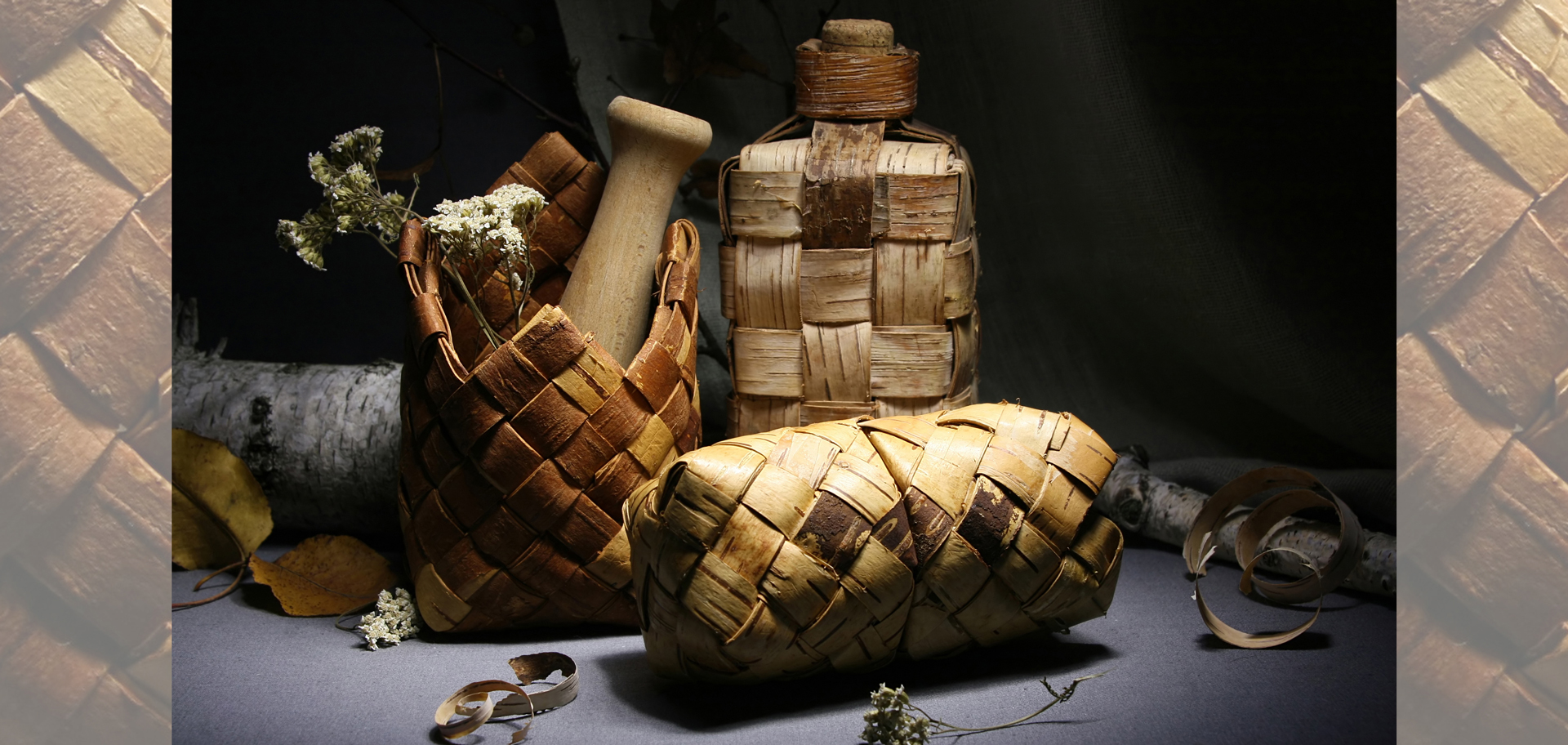
The physical harvesting of dead wood without combustion is now being explored as a way to reduce both carbon emissions and wildfire risks. The wood can be used in artworks and cultural crafts, such as making birch bark baskets.
These findings offer insights into forest management strategies that reduce wildfire risks, lower carbon emissions and maximize forest carbon storage. Over time, repeated fuel reduction treatments, such as prescribed burns, can emit more carbon than a single wildfire in an untreated forest. However, by harvesting dead wood and converting it into biochar, emissions can be significantly lowered. This process not only mitigates health impacts but also increases carbon sequestration, helping to offset the effects of climate change while promoting healthier forest ecosystems.
Not fighting fire with fire
By reducing the amount of fuel available, prescribed burns can make landscapes less susceptible to large, damaging wildfires. These low- to moderate-intensity fires that consume undergrowth and dead vegetation reduce the risk of larger, more intense wildfires, control invasive species, improve wildlife habitats and restore natural ecosystems.
But in our increasingly warming world with frequent dangerous fire weather, more people and structures at risk in the wildland-urban interface, health risks from exposure to smoke and the need to enhance carbon sequestration to mitigate global warming, we must reexamine effective management actions to reduce the superfires that are becoming all too common. By combining physical harvesting with thinning, we can help restore healthy, resilient forests. This approach, paired with transforming wood into carbon-storing products rather than burning it, could reduce wildfire severity and carbon emissions, while also generating carbon credits.
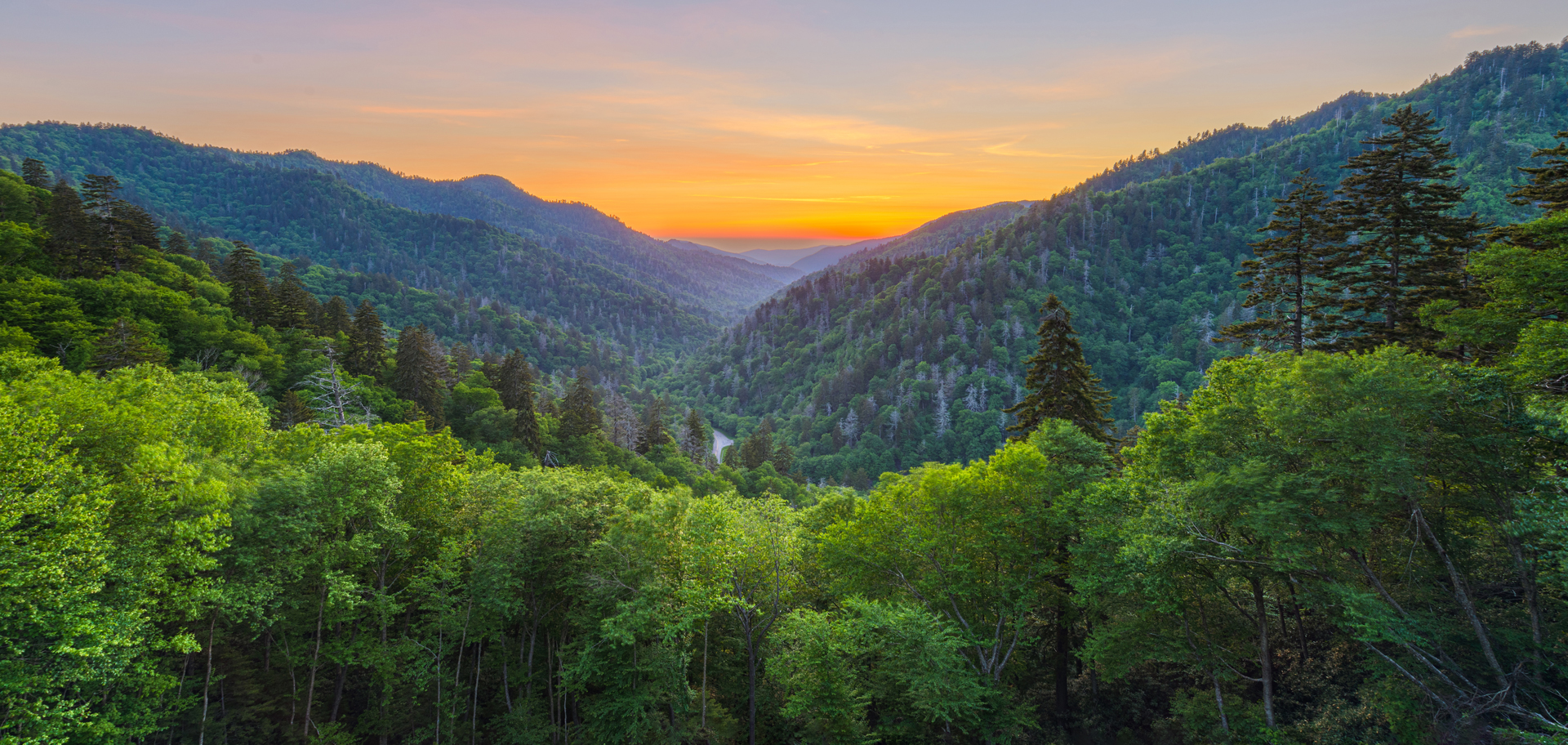
By combining physical harvesting with thinning, we can help restore healthy, resilient forests. This approach, paired with transforming wood into carbon-storing products rather than burning it, could reduce carbon emissions, smoke and wildfire severity, while also generating carbon credits.
I think it’s a hot idea whose time has come.
Here’s to finding your true places and natural habitats,
Candy






